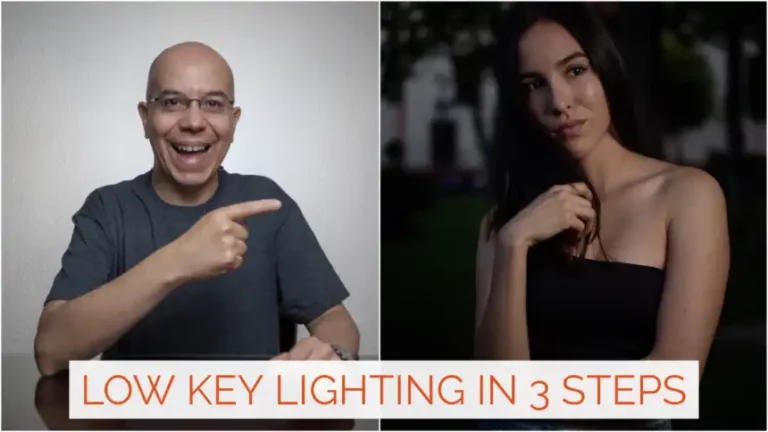What is High Speed Sync?
HSS or High Speed Sync is a great tool for flash photography. Keep reading to learn why and how it works.
High Speed Sync is a feature that many people recommend to look for in a flash but, what is it? Why is it so important? Well, in order to understand HSS we need to take a look at the shutter first.
In a previous post I described how to use a hotshoe flash. In that post I talked about the flash guide number, the camera’s aperture and how they interact. However, I mentioned really briefly that the shutter speed has its own considerations. High speed sync is one of those considerations. Let me explain.
Focal Plane Shutter
There are many kinds of shutters, but the most common in DSLR and mirrorless cameras is a focal plane shutter. It’s made of two curtains right in front of the sensor, that are close initially and when we press the shutter release button, this is what happens:
- The first curtain moves downwards, exposing the sensor to the light.
- After the elapsed time passes, the second curtain moves downwards, blocking the light and ending the exposure.
- The two curtains move together upwards, to the starting position.
All of this happens pretty quickly and it works for many shutter speeds, up until the Sync Speed. If you fire a flash while the first curtain is open, it will fire once and you’ll see a normal image.
Sync Speed
What is the Sync Speed, also known as X-Speed? It is the highest speed at which the focal plane shutter works as described, exposing the full sensor before the second curtain starts moving. It is different from one camera model to another, but it’s usually between 1/160 and 1/250s. Take a look at your camera manual.
When you shoot at higher speeds, the curtains work a little different:
- The first curtain moves downwards.
- After the elapsed time but before the first curtain reaches the bottom of the sensor, the second curtain follows the first one.
- Both curtains reach the bottom of the sensor.
- The two curtains move together upwards, to the starting position.
This means that the sensor is not fully uncovered, but it is exposed in a segmented way, ensuring that each row of pixels is exposed only for the time selected. If you fire a flash while the shutter is set at a speed higher than the sync speed, you’ll get a dark band on your image. That is the second curtain in the middle of its travel and getting in the way.

High Speed Sync
So, how can you use flash while shooting at speeds higher than the sync speed? There are many methods, but the most common is called High Speed Sync or HSS. In HSS the flash fires intermittently as the curtains move over the sensor, ensuring all parts of the sensor are exposed to the flash. It sounds great but this technique has a specific drawback: it loses power.
In order for the flash to shoot many times in a short period of time, it needs to fire at lower power settings, so you’ll need to adjust the power setting. Even then, depending on the flash you’re using, you may have a limit as to how much you can increase power. In some flashes, you can’t use full power while using HSS, setting a max power of ⅛ or so.
When Do You Need HSS?
All right, all of this technical talk is nice and dandy but, when are you going to use it? In my experience, I hardly use it when shooting indoors. But if, for any reason, I need to shoot outdoors close to noon, I could shoot at ISO 100, f/16 and 1/125s which is slower than my camera’s X-Sync speed.
But, what if I want to shoot at a wider aperture? I can’t lower the ISO, but if I want to shoot at f/2.8 in order to have shallow depth of field, I’d need to shoot at 1/2000s, which is way faster than my X-Sync speed.
In this case, I need to use HSS. My initial power setting for the flash was ⅛, so I’ll increase it to ½.
There you go! A nicely lit image, using flash in demanding conditions, using HSS.
Have you used HSS? Do you think I missed anything in this explanation? If so, please leave a comment below.







